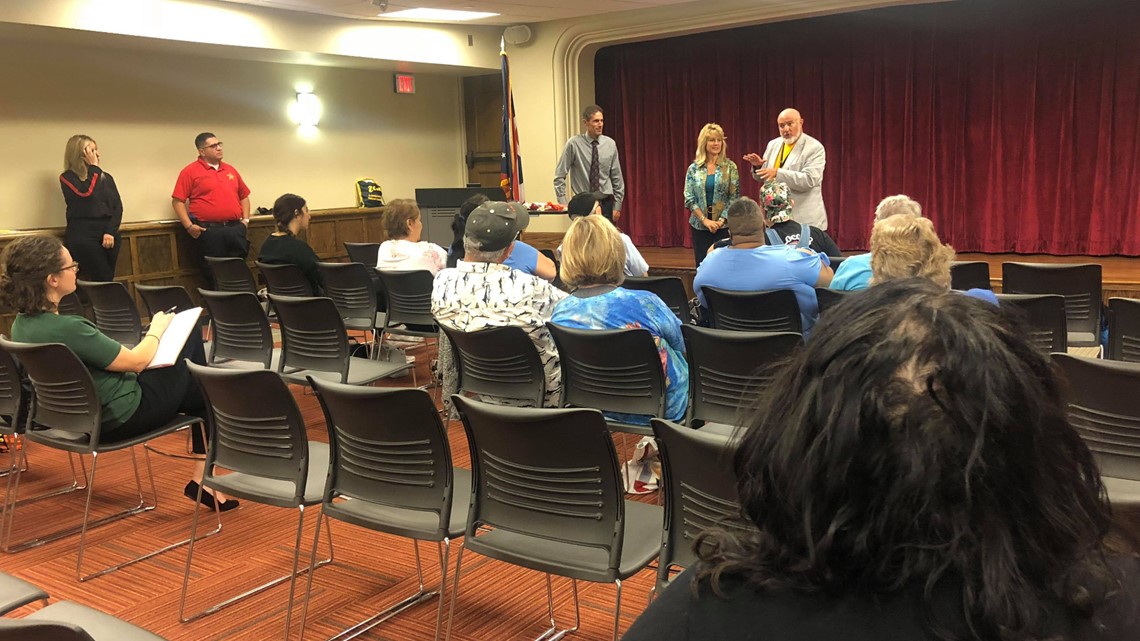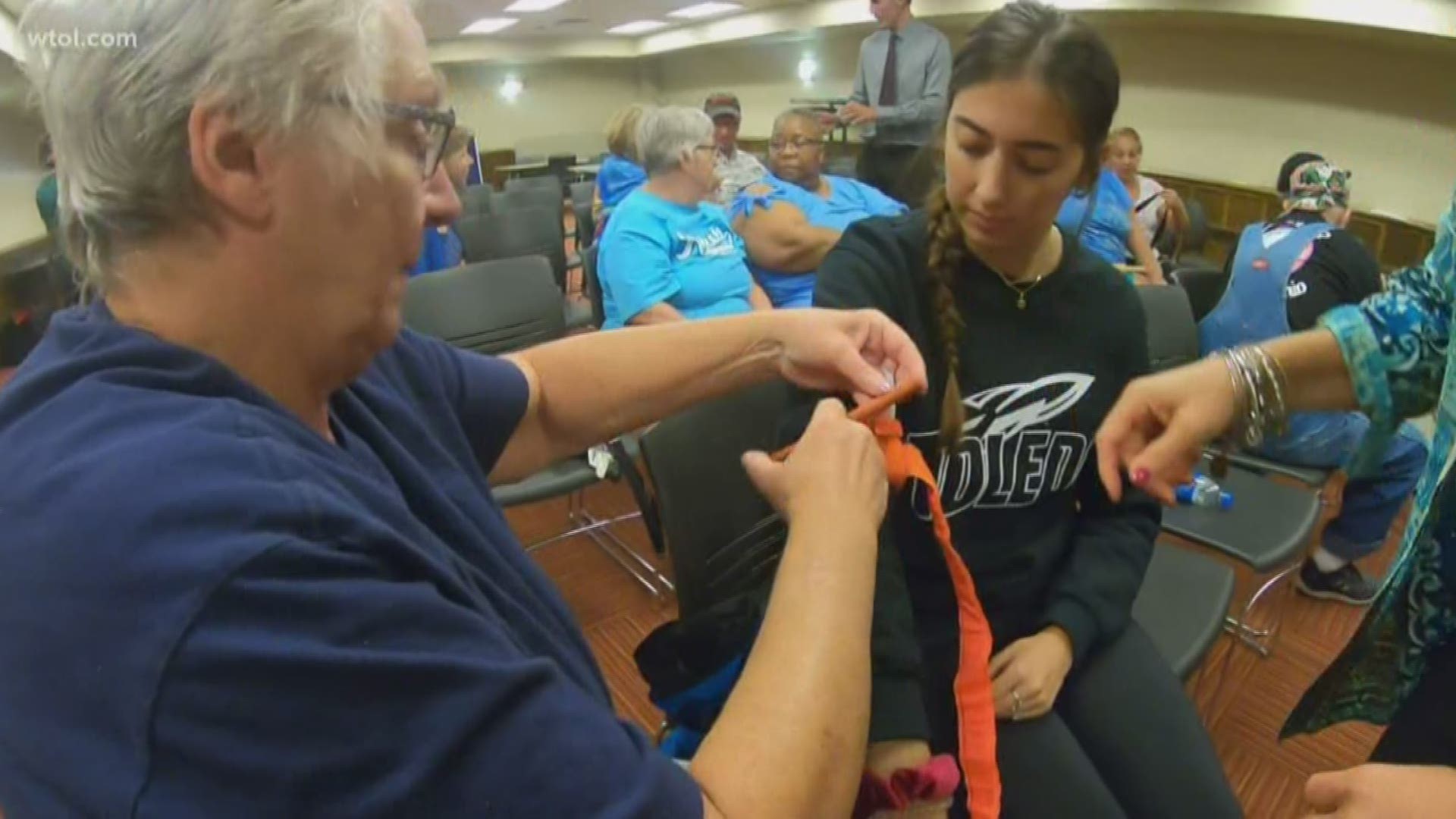TOLEDO, Ohio — Odessa, Dayton, El Paso, Gilroy and many more; the list of cities with mass shootings grows month by month. According to the FBI, there were 27 defined mass shootings in 2018 resulting in 213 casualties.
"It strikes you know at your core,” said Linda Hanley of Toledo. “Because it's so hard to imagine that somebody could think about doing that."
While it's hard to grasp, leaders at the University of Toledo said they want people to be prepared. They have looked back at past shootings in the United States to learn how we as citizens can better respond in the future.
"You know what to do right when you know what went wrong,” Lisa Pescara-Kovach, chair of the mass violence collaborative and associate professor of educational psychology at the University of Toledo said. “Those that are aware of the exits, who left or who countered the shooter, tackled the shooter whatever it might be, those who tend to be prepared survive. "
On Tuesday, a psychologist explained what to look out for from behavior, to words and more while law enforcement discussed situational awareness, and doctors explained how you can intervene to stop the bleed.
"The more we keep going through our head and imagining this is the scenario, this is the plan, the more likely we are that that's going to be our reaction to it," Lisa Pescara- Kovach said.
Neighbors said the training taught them to think beyond what their instincts might suggest.


"One of the things the speaker said is that we're all kind of trained to hide under a desk and that's kind of what I have in my head,” Amanda Trease of Toledo said. “So, learning that that's not the best option is helpful."
They also learned how they could save a life in an emergency by stopping the bleed. Neighbors learned how to use a tourniquet and how to make one with what they have. By doing this, they can prevent someone from bleeding out until emergency crews arrive. All in all they said they walked away better prepared.
"It's just kind of learning the different techniques and maybe developing some muscle memory," Trease said.
"I was pretty confident before, but I think more so now because I know that I am in control of me and my situation and that's the best part," Linda Hanley said.
If you are interested in getting this training for yourself, it's not too late. A second course will be offered September 24 from 6 p.m. to 7 p.m. in the Jacobs Interprofessional Immersive Simulation Center on UT’s Health Science Campus.

